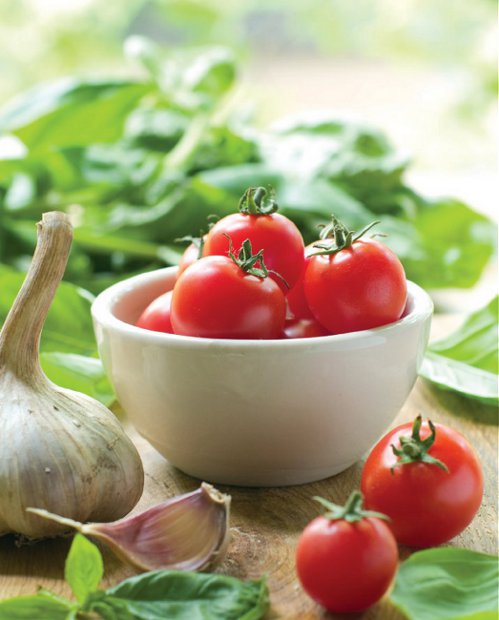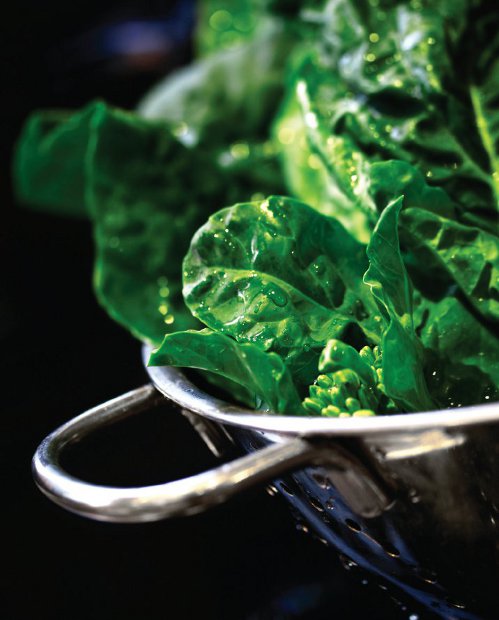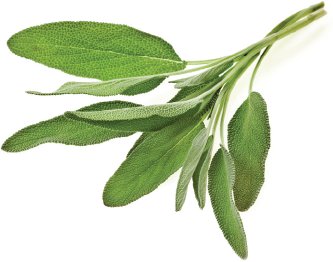

FOREWORD
On a recent quiet evening, I decided to do something that I hadn’t found time for in months—I flipped on the television. To be more precise, I tuned into one of the mainstream food channels. The show was related to extreme eating and focused on the hosts sourcing and devouring the most fattening, calorie-dense, processed foods on the planet. If the producers’ goal was to demonstrate virtually everything wrong with our society’s relationship with food in less than thirty minutes, they did a fine job. The show proceeded to highlight a series of eating feats that no human should ever attempt.
Unfortunately, this type of attitude toward food has become all too common. Food writers encourage readers to dine at restaurants whose menus should be delivered with a warning label. Even many well-respected chefs pile on fat, salt, and oil to the point where the main ingredients are no longer recognizable; the fast-food industry is not alone in employing this method. The negative impact of this on our health is immeasurable.
As a classically trained chef, I learned firsthand that health is typically far from the objective when preparing meals. In fact, in the pursuit of creating flavor, chefs and other food industry professionals are often skilled at just the opposite. This has created a number of systemic problems that have not only rendered most of what we eat these days unhealthy, but also caused a massive disconnect between what we believe tastes good and what actually tastes—and feels—good. Far from just a source of nourishment and pleasure, food is now a full-blown addiction, influencing nearly every spectrum of society, from our health to the environment to the economy.
I was fortunate to learn many years ago that a more natural diet would improve my own life and that of everyone for whom I prepared meals. When I did, I changed my entire career path and have since been devoted to the pursuit of creating food that is both nutritious and delicious. However, simply making healthy cuisine available is not enough. We also need education and information to guide our choices, and that is where Natalia Rose has been so effective for so long with her previous books. Now, in partnering with the talented chef Doris Choi, she is taking her work a significant step further. This fusion of health and culinary art is where my passion lies and is what makes The Fresh Energy Cookbook so incredible.
The beauty of this book lies in the harmonious balance achieved through the collaboration of Natalia and Doris with their respective backgrounds. You can feel the passion that they have for sharing this information; their enthusiasm simply jumps off the pages. They know how much better you can feel! They have seen the results, thousands of times. I have been a fan of Natalia for a long time and respect all of the work she has done to educate us about the benefits of a healthy diet and lifestyle. The innovative recipes by Doris not only reinforce the detox philosophy, but also make it practical, easy, and delicious. In addition to its user-friendly attributes, this book is filled with nuggets of valuable information on subjects we all need to understand.
As the authors point out, since eating is emotional and we are pleasure seekers, it is understandable how our food choices have become misaligned with our health needs. Many of us no longer know what tastes good, due to our compromised palates and lifestyles. This subject is clearly addressed in The Fresh Energy Cookbook and is one reason why it should be essential reading for every home cook. In these pages, Natalia and Doris deliver the road map to health in a way that is both clear and deeply motivating. Of course, health is much more than eating your vegetables or an apple a day—Natalia explains why we need to adopt a clean diet, and Doris shows us how, with easy-to-follow, imaginative recipes.
The Fresh Energy Cookbook delivers vital information that is new to most of us, in a way we can all embrace and learn from. For example, food combining is a subject that, in recent years, has become so complex and confusing, many of us have simply given up trying to understand it. The authors have demystified this topic into a very clear and concise set of guidelines that will allow you to enjoy all of your favorite foods without loss of ultimate nutrition or enjoyment. Perhaps my favorite aspect of the book is how it encourages us to understand our own internal ecosystems. Think about that: The idea alone inspires a depth of thinking not often encountered in a cookbook.
Natalia and Doris remind us why we can all feel better than we do, and as plain as day, they provide the core principles of a successful detox diet before setting you free in your own kitchen. By the time you get to the recipes, you will already be several steps ahead in the kitchen, excited to experiment with these wonderful tonics, dishes, snacks, and treats.
When we all adopt this intuitive but elusive philosophy of bringing good, clean energy into our bodies and into our lives and removing the not-so-good energy through the detox lifestyle, it will render the world a better place. I’m most thankful for the work of these talented authors and am certain that even the most knowledgeable readers of this book will be inspired by their words, recipes, and all of the wonderful information they share.
CHEF MATTHEW KENNEY
FOUNDER OF MATTHEW KENNEY CUISINE AND LIFESTYLE
JANUARY 2012
